Spain is one of my favorite countries in Western Europe because it’s full of surprises. For some, thinking about ‘Spanish culture’ conjures images of beautiful beaches, scorching hot weather, and crystal-clear waters. For others, it’s dining on tapas and dancing into the night in the center of a lively city, trekking up mountains, or visiting ancient Roman Ruins.
It’s a country with multiple personalities. When planning a trip to Spain, your Spain itinerary will only be one of many possible trips you could take there. Hopefully, it’s the trip that matches your travel style and includes all the things you love to do the most!
That’s why you might need some tips on how to plan a trip to Spain. These top Spain travel tips will help you choose the best places, time of year, most amazing sights, and attractions to make the most of your Spanish vacation. They will also help you avoid the pitfalls and give you some insider advice that will make your trip truly unforgettable.
1. Decide When To Go to Spain Before You Decide Where To Go

Like most countries, Spain’s high season is dictated by the weather but since it’s such a large country, the climates are different in different regions. This is why it’s essential to know the travel dates of your Spanish trip before you settle on a destination.
In southern Spain and regions like Andalusia, the summers are excruciatingly hot. Temperatures are consistently over 100°F which isn’t fun for exploring. This is also the high season when most flights are super expensive. That said, many vacationers love nothing more than lounging in a resort on the Costa del Sol to soak up the sun’s rays.
In northern Spain and regions like the Basque Country, summers are much more pleasant. You might also be able to find flight deals to cities like Madrid and Barcelona in the spring and fall shoulder seasons. Temperatures are warm and prices are a little lower.
The conditions in Spain in winter vary just as much by location. We were comfortable in light sweaters in Barcelona and Seville but froze our fingers off in Madrid and Granada! If you do plan to visit over the holidays, be sure to read up on what to pack for Spain in winter.
Remember to check the Spanish public holidays before you book. This is a Catholic country so Easter and Christmas are also busy times! During one of our family’s trips to Spain we had to postpone a planned day trip because the trains were completely booked when we got to the station.
2. Figure Out the Length of Your Spain Itinerary
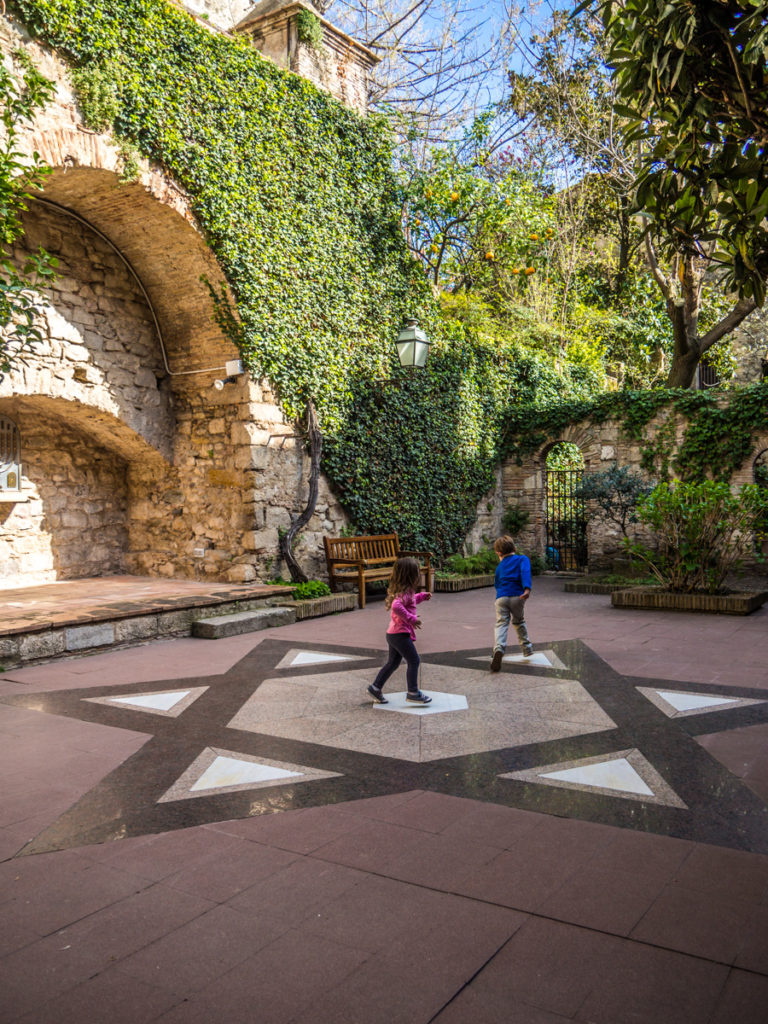
After deciding when you want to travel, you need to figure out the length of your trip. This will help you plan the perfect itinerary based on what you have time to do and see.
For example, if you have a month you could do an interrail or road trip. Spain is a huge country so stick to one autonomous region and dive deep into that culture. You could even complete the Santiago de Compostela pilgrimage from the Pyrenees to the west coast.
If you have a week, stay in one major city (or maybe two, if the transit connections are good) and plan a day trip or two to nearby cities. Stay in Madrid and plan one day trip to Toledo and another to see the windmills of Castilla La Mancha. Or stay in Malaga and plan a side trip to other cities nearby like Granada or Seville. From Barcelona it’s easy to spend a day in the nearby Medieval city of Girona.
3. Learn About Spain’s Top Attractions in the Major Cities

Not sure which Spanish city to base your trip around? Learn more about the key travel hubs so you can choose one that visits your travel style.
Madrid is the Spanish capital city and where you’ll find the country’s Royal Palace. There are lots of major squares with beautiful architecture like Plaza de España, Plaza Mayor, and Puerta del Sol. The Parque del Buen Retiro is a beautiful park where you can spend an entire afternoon and there are lots of tapas restaurants and nightlife.
The port city of Barcelona is a popular choice. La Sagrada Familia, Antoni Gaudí’s famously unfinished church, is iconic and the Picasso Museum is also a must-visit. You won’t want to miss Park Guell, pictured above! Wine tasting and spending a beach day at the urban Barceloneta beach are big plusses. Check out all the best things to do in Barcelona with kids, many of which you’ll enjoy even on an adults-only trip.
Pro tip: Park Guell often sells out weeks in advance. Check availability for your dates below:
If you love history, you’d enjoy visiting Granada and to check out the stunning Granada Cathedral, the Royal Chapel of Granada, and the Alhambra Royal Palace. You could easily add on a day trip to visit the Catedral de Sevilla in Seville too.
4. Also Consider Lesser-Known Destinations When You Visit Spain
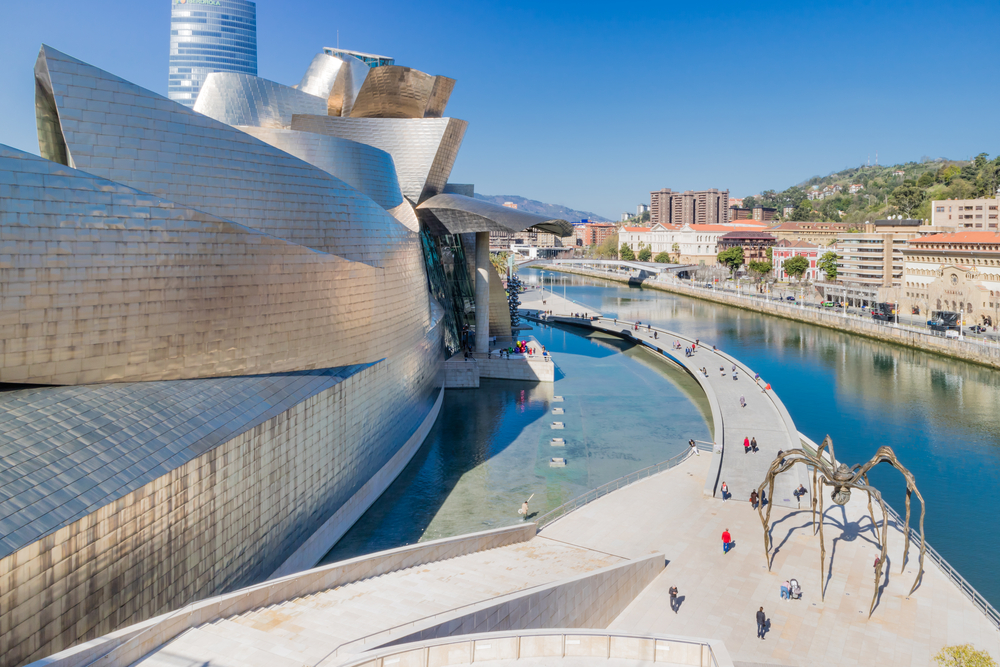
This is a diverse country with a lot to offer beyond the popular hot spots. Hikers wanting to stay near a mountain range will adore the Sierra Nevada mountains. Culture and history buffs should check out other major cities in the overlooked northern regions like San Sebastian and Bilbao for the Guggenheim Museum.
In the south, you could visit cities like Cordoba (so many UNESCO World Heritage Sites!) or Tarifa for its killer surfing scene. From Tarifa, the ferry to Morocco is only one hour so you could even take a little trip to North Africa!
5. Use Spain’s Public Transport to Get Around – No, Seriously!

Whether you need great access within a city or want to travel across the country, public transport is the best way to get around. The country’s high-speed train system (the AVE network) has revolutionized Spain travel.
There are fast trains between big cities and comfortable buses (the ALSA network) for short distances. You can also use cheap flights between two cities at opposite ends of the country. One of the best travel tips for Spain is to compare rail and flight times, while also accounting for the time and cost to get to an airport outside of the city center.
Using public transport will allow you to save money on a rental car and you won’t need to bother applying for an international driving permit.
Most major Spanish cities have a metro system that is cheap and easy to navigate. Taxis can be expensive and travel scams are common so it’s great to have another option.
6. Stay in the City Center to Make the Most of Your Spain Itinerary
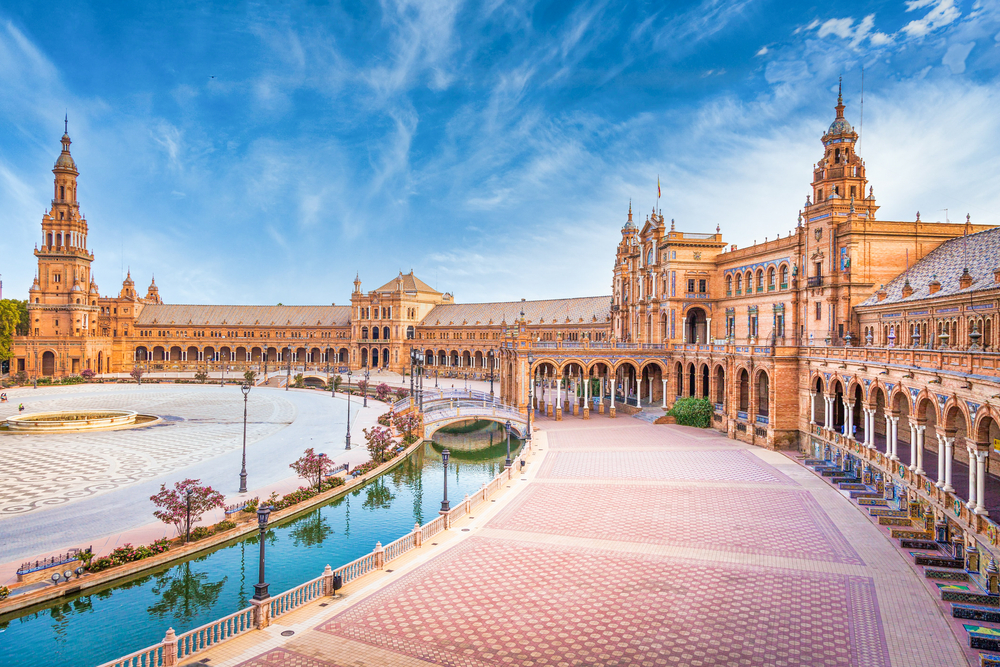
Nearly all cities in Spain have a walkable city center and good public transportation networks. It makes sense to stay as close to the city centre as possible so you can be near all the top sights, restaurants, evening activities.
You’ll be closer to the city’s main train station so you easily take day trips. If you like to check out the nightlife in a city then the city centre is the best place to find that too. Staying way outside of town just to save money is almost never worth the payoff of all the experience you lose.
Accommodation options are also much more diverse in the historic center so saving money by staying in the middle of nowhere is a myth. You can find hostels (and book a private room if you’re not keen on sharing dorms or traveling with kids!), private rooms in short-term rental apartments, guesthouses, brand-name hotels, and more. The city centre is where it’s at!
One thing that’s important to keep in mind is that many hotel rooms in Spain only have allowed occupancy of 2-3 people. If you show up with extras, even a baby, you can be turned away at the door! I’ve highlighted family-friendly places to stay in Barcelona with kids that will allow families of 4 or even 5+ to have a great visit.
7. Understand the Schengen Visa Requirements
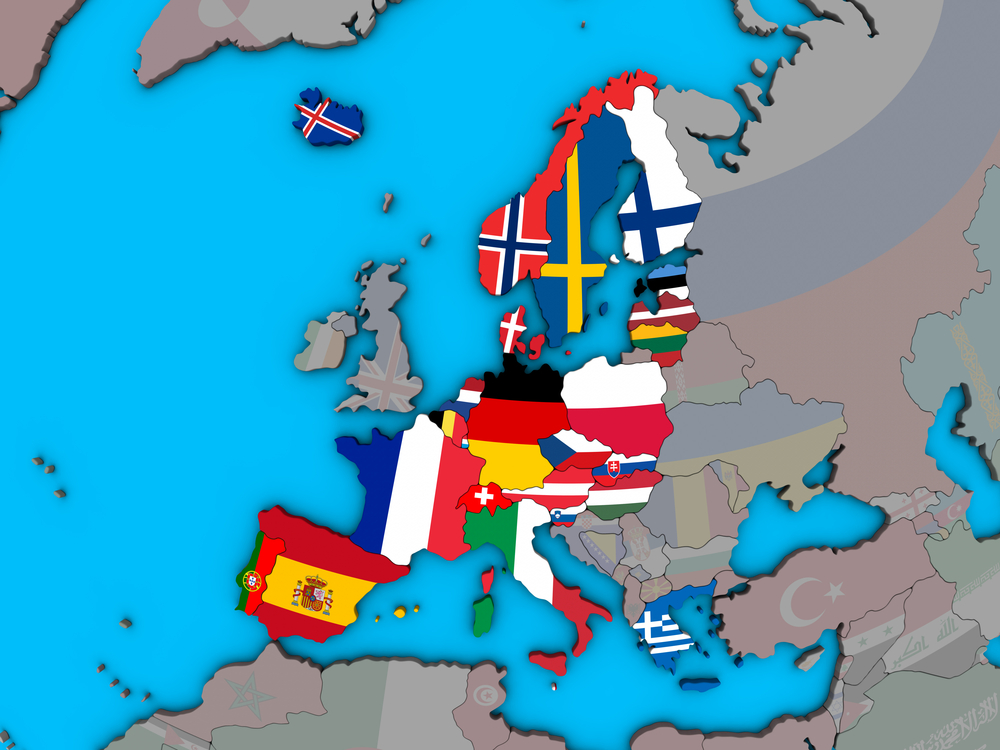
Do US citizens need a visa to visit Spain? They will very soon! The ETIAS Visa will apply to citizens of countries that used to have a “visa waiver”, including the United States.
If you’re planning a long trip to Europe, keep reading for another key logistical tip: you need to know about the Schengen Zone before traveling to Europe.
This zone is made up of 27 European countries that are mostly in the European Union, but not all. Applying for a Schengen visa means you can freely travel between these 27 countries and you only need to apply for this one visa. However, you can usually only stay for 90 days in this zone within a 180-day period.
Keep this in mind when planning your Spain vacation. As long as you don’t spend more than three months in Spain or one of the other 26 Schengen countries within a six-month period, you won’t be deported or penalized. If you’re taking a gap year in Spain or elsewhere in Schengen you’ll need to count your days and be strategic about spending time in non-Schengen areas like Ireland/UK or eastern Europe.
8. Prepare for the Less Glamorous Side of Visiting Spain

Spain is a developed western country with most of the high-quality facilities and creature comforts you can get at home. But it’s not perfect and you should expect the unexpected when you travel! Always take out travel insurance because you never know when you might get sick and need emergency medical assistance.
You should also get travel insurance in case of theft or damaged property. Pickpocketing, travel scams, and other types of petty crime are huge problems in Barcelona and other major cities. Never carry a lot of money on you and don’t flash your expensive belongings.
If you’re sitting at a cafe or restaurant, don’t leave your phone sitting on the table or your purse on the floor, draped over the back of your seat or unprotected on a chair next to you. A small crossbody can rest on your lap under your napkin while a backpack can rest on your feet with your leg looped through a strap, for example.
If you’re visiting Barcelona with kids, you may want to explain that (as much as possible) they should keep public shenanigans to a minimum so that your family doesn’t become an obvious target – and you aren’t distracted by them. While it may sound harsh, acting low-key is an important travel skill you can help your children learn early!
There’s an outdated rumor that the water in Spain, particularly in the coastal cities and on the Balearic Islands, isn’t drinkable. It is 100% safe to drink but it just might not taste very nice.
You should also be aware that transit strikes and protests are common, particularly in big squares like Madrid’s Plaza Mayor. They rarely, if ever, get out of hand and become dangerous – we were present for a demonstration on our first trip to Spain and didn’t feel unsafe in any way. However, transit strikes can have a major impact on your travel plans to try to be flexible if one occurs during your visit.
9. Remember Every Part of Spain Has Its Own Unique Culture

Imagine if someone was visiting New York City and they told you how excited they were to go to a rodeo, drink sweet tea and eat biscuits and gravy. You’d wonder if they knew that NYC isn’t in a southern US state!
That’s exactly how Spanish people feel when travelers tell them they can’t wait to catch a flamenco show in Madrid, for example. Since flamenco is a dance based on the folk music traditions of Andalusia on the southern coast, watching a show in Madrid wouldn’t be an authentic experience.
One of the most important things to know about Spain is that it’s a whole country full of diverse regional festivals, cuisines, and eccentricities.
Taste the seafood paella in a coastal city like Valencia or Barcelona, but avoid it when visiting inland Madrid. Tapas is available all over the country but in the north, they call it pintxos. Only drink sangria in the south and opt for vermouth in the north instead.
Almost everywhere recognizes afternoon siestas, but nowhere more so than in the south.
10. Learn Some Spanish Before You Get On the Plane
You might’ve heard horror stories about tourists dusting off their high school French in a Parisian bistro only for the waiters to laugh at them and respond in English. This is (thankfully) not the case in Spain!
Most Spanish people will respond warmly to any attempt you can make to speak a little of their language. Even if all you can remember is gracias or adios, it’s the effort that counts.
If you anticipate traveling to more remote areas where English may not be widely spoken, it may help to bring this pocket Spanish phrasebook to help you along.
Keep in mind that in Catalonia (along the northeast coast of Spain and including cities like Barcelona and Girona) the local language is Catalan rather than Spanish. Locals carry intense pride in their culture and you may encounter some Catalan separatists. We found everyone extremely friendly to us as tourists but met some older locals in Girona who only spoke Catalan.
Planning a Trip to Spain FAQs

How far in advance should I plan a trip to Visit Spain?
It’s never too early to start planning a trip anywhere. Borrow or buy guidebooks, watch movies and read novels, and start jotting down suggestions anytime!
If you know the exact dates you want to travel to Spain, book your flights straight away as they are unlikely to get cheaper. Opt for accommodation with free cancellation so you can change your mind if you find something better or cheaper closer to your trip dates.
How many days are enough for Spain?
Oh boy, you will never have enough days to explore the entire country! You might only need three days to see the highlights of some cities like Bilbao or Malaga, but you’d need three weeks for whole regions like Andalusia.
Try to spend at least one week in a specific, small region or city for a taste. Keep in mind you can never spend too much time in this diverse, beautiful country.
What time of year is best to go to Spain?
Figuring out the best time of year to go to Spain depends on where you want to go! If you want to visit Northern Spain, visit during the summer months when the weather is pleasant.
If you want to visit southern regions, visit in the shoulder seasons of April-May or September-October. The temperatures in summer often skyrocket to over 100°F.
In reality, there’s never a bad time to go to Spain. Our family had an amazing visit to Spain in winter thanks to the mild weather along the coast, but it still maintains a festive atmosphere.
Start Planning a Trip to Visit Spain Today!
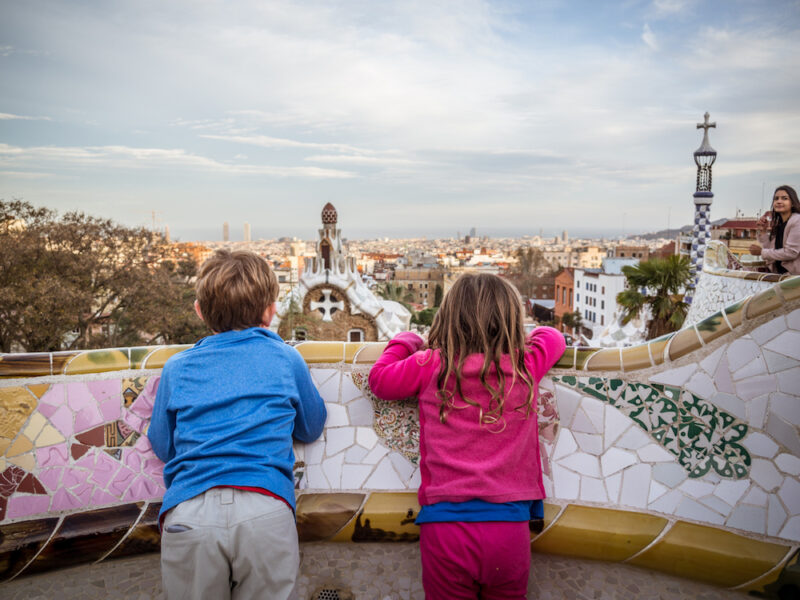
Whether you’re planning a hiking trip in the countryside of Andalusia or city-hopping in the Basque Country, these top Spain tips will help you plan the best Spanish vacation possible.
Want more advice to plan your perfect trip to Spain? Don’t miss even more helpful Spain travel tips in these articles:
- Where to go in Spain with kids (+ how to plan your trip)
- 5 can’t miss things to do in Barcelona with kids (+ important tips for your trip)
- Best Family Hotels in Barcelona: Where to Stay With Kids
- What to eat in Barcelona
- Why you should visit Spain in winter
- What to wear in Spain in winter
Still planning? Pin this for later!

